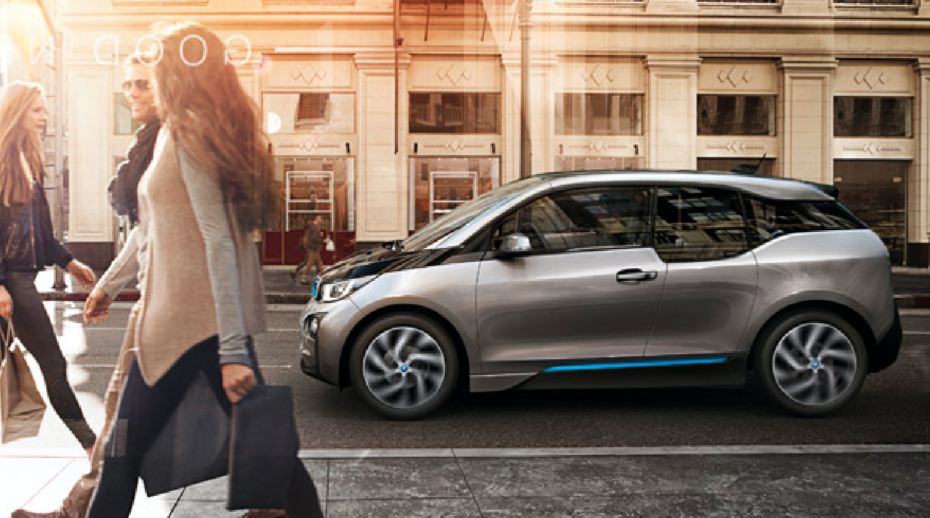
Often dubbed a “data center on wheels,” the connected car is one of the fastest-growing markets in the ecosystem that makes up the Internet of Things (IoT). The convergence of IoT and in-vehicle technologies, like remote diagnostics, on-board GPS, collision avoidance systems, and 4G LTE Wi-Fi hotspots, has paved the road for new and exciting opportunities in this industry. In fact, the connected car market is expected to reach $155 billion by 2022, while 75 percent of the estimated 92 million cars shipped globally in 2020 will be built with internet connectivity.
As the market grows, the biggest opportunity for profit comes from the ongoing services that can be offered and the ongoing revenue that subscriptions to these services can create. Although this is where the value lies, many consumers who purchase connected cars have been hesitant to “turn on” their connected services. Recent statistics tell the story. A 2016 Spireon survey showed that consumers are interested in connected cars (especially those with safety features), but 54 percent said they have not actually used connected car features. Similarly, Kelly Blue Book found that 42 percent of consumers support cars becoming more connected, while 62 percent said they fear that cars in the future will be easily hacked.
Are connected cars secure?
While there is evidence that the adoption rate for connected services is growing (willingness to pay for connected services went from 21 percent in 2014 to 32 percent in 2015), many consumers still have lingering concerns over the security of these vehicles. It doesn’t help that connected cars have received some negative press. In 2015, Chrysler recalled 1.4 million vehicles after hackers demonstrated to WIRED that they could remotely hijack (and crash) a Jeep. Then, in March 2016, the FBI, the Department of Transportation (DOT), and the National Highway Traffic Safety Administration (NHTSA) issued a public service announcement warning consumers about potential cybersecurity threats to connected cars.
Yet consumers may not realize that security is not solely a connected car issue — it is an inherent concern with IoT, given the copious amount of data collected and shared between devices. When it comes to IoT, people fear not knowing what devices are doing and what they are actually capable of doing. The reality is that today’s networks were not built for the tsunami of devices coming online, including the millions of connected cars. As networks evolve to better meet the needs of IoT devices and connected cars, automakers must take extra measures to ensure appropriate levels of connectivity at each step of the vehicle’s life cycle.
Securing the connected car at each step of the vehicle’s life cycle
Security must be a top priority — from designing the vehicle to the moment the driver takes the wheel and beyond – if automakers are to improve adoption rates and drive profits. The key to securing the connected car’s potential “attack surface” is enabling the right levels of connectivity at the right times. In addition to knowing when connectivity should be on or off, it’s also critical to know what a vehicle should be allowed to do with that connectivity at different stages throughout its life cycle. Automating this knowledge and ensuring proper connectivity to match each vehicle state is crucial to end-to-end security. It also eliminates the need to manually track and monitor connectivity — a complex task when you’re shipping millions of vehicles around the world. Let’s take a look at the role of connectivity in securing each step of the Connected Car’s life cycle.
- Vehicle design: Auto manufacturers must ensure that the right technologies — such as in-vehicle routing, security, IoT connectivity, and more — are designed into the vehicle from day one. OEMs must consider the types of services they want to enable throughout the life of the car, choose the right connectivity partner and management platform, and design features into the vehicle accordingly. If these features aren’t designed and integrated into the vehicle correctly, there is a greater risk of security issues later on down the road. For example, some manufacturers are designing connected cars with in-vehicle video capture capabilities and even the ability to measure biometrics, with the intention of using the collected data to improve and personalize the customer experience (if the user opts in). If a competitor or a malicious user hacks into these data…

